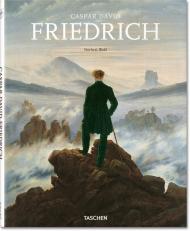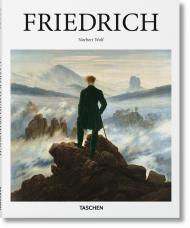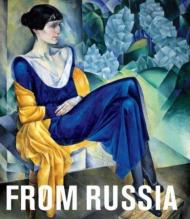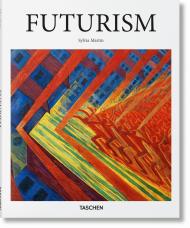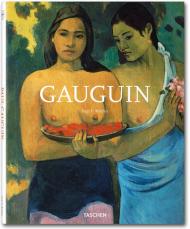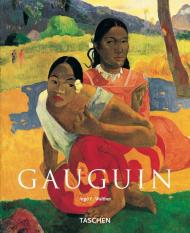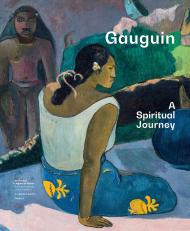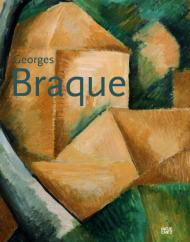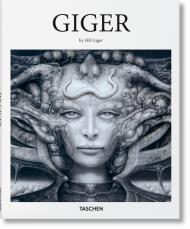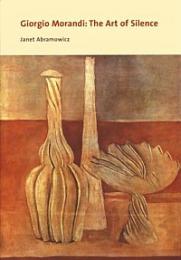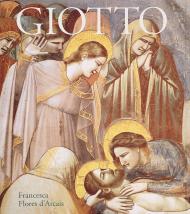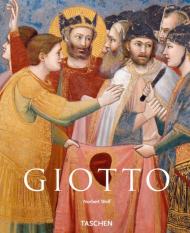Master of Horror. Discover HR Giger’s arsenal of fear
Discover HR Giger’s inimitable universe in this definition introduction to the master that gave expression to the collective horrors and fantasies of our time. From his childhood fears to Alien, Giger personally guides us through his multifaceted career with intimate autobiographical essays, detailed reproductions and designs, and a foreword by Timothy Leary.
Swiss artist HR Giger (1940–2014) is most famous for his creation of the space monster in Ridley Scott’s 1979 horror sci-fi film Alien, which earned him an Oscar. In retrospect, this was just one of the most popular expressions of Giger’s biomechanical arsenal of creatures, which consistently merged hybrids of human and machine into images of haunting power and dark psychedelia.
The visions drew on demons of the past, harking back as far as Giger’s earliest childhood fears as well as evoking mythologies for the future. Above all, they gave expression to the collective fears and fantasies of his age: fear of the atom, of pollution and wasted resources, and of a future in which our bodies depend on machines for survival.
From surrealist dream landscapes created with a spray gun and stencils to album cover designs, from guillotine-like sculptures to self-designed bars, Giger personally guides us through his multi-faceted universe in this definitive introduction to a master of horror. Detailed reproductions and designs and a foreword by Timothy Leary complement Giger’s intimate autobiographical texts.
The artist:
HR Giger (1940–2014) was a Swiss painter, sculptor, and designer, who combined surrealist influences and dark fantasies to create his very own biomechanical universe. He first received acclaim in the 1960s with his airbrushed fantasies of post-apocalyptic creatures and landscapes and rose to fame through high profile movie work, most notably the creation of the monster in Alien, which won the Academy Award for Best Visual Effects. HR Giger was named in the Science Fiction and Fantasy Hall of Fame in 2013.
About the series:
Born back in 1985, the Basic Art Series has evolved into the best-selling art book collection ever published.
Each book in TASCHEN’s Basic Art series features:
- a detailed chronological summary of the life and oeuvre of the artist, covering his or her cultural and historical importance
- a concise biography
- approximately 100 illustrations with explanatory captions
